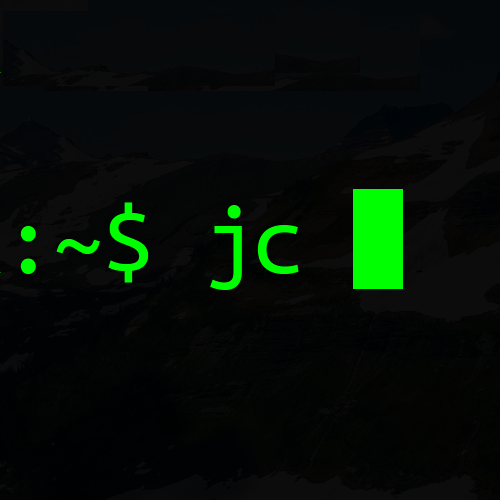Background
In September I was introduced to Codeship at a presentation by Paul Love. These are some of the learnings I have from using their hosted service primarily for Continuous Integration for the last couple of weeks on a client project.
This post isn’t about advantages and disadvantages of CI or Continuous Delivery, but more focused on Codeship’s offering currently, compared to other CI services I’ve used over the last 6 months or so.
TL;DR
Codeship is relatively new and working hard to stabilise the system while providing documentation and service.
The 100 free builds they provide per month, along with the ability to integrate with BitBucket mean that you can run private projects on CI for free, but watch out for their lack of stability.
Positives
Good value
Codeship currently offers 100 builds a month for free on private repos that include BitBucket and Github - this is GOOD. It’s hard to find hosted CI systems that will work with non-Github repository hosting.
Good support
Codeship’s support team know their stuff.
I’ve had multiple discussions with Codeship’s support via email and Twitter and I’ve found that they get back to you with timely email replies and suggestions about why things are breaking. Great for a free service!
Good speed
Builds are QUICK! So quick that I thought they weren’t using a real DB and wrote a test to prove that they were listening to the settings I’d pushed specifically for Codeship.
Negatives
Unfortunately the good freeness above comes with some disadvantages.
False negatives
Some of my builds have received false negatives meaning they have failed when they shouldn’t have. This is annoying but manageable and can often be solved by re-running the build.
For example, I’ve had a couple of builds happen on an instance where the database wasn’t available when the tests started running, so everything went RED. Slack then went RED. Client team start worrying.
Codeship’s solution for this was “Add sleep 3 to make the tests wait 3 seconds before running”. This works but why isn’t Codeship’s instance build process checking this before starting the run?
False positives
Builds have received false positives. They have passed when they shouldn’t have - and this is far worse than a false negative.
This week a build on Codeship had git submodule init fail, but the build didn’t go red. The same condition happened last week and the build did fail. While I’m writing this, Codeship are looking into the problem.
Scarce documentation
It’s not very clear how to work with teams, amongst other topics. Team members can’t see how many remaining free builds are available each month so they can’t see if they’re using up the allowance of free builds quickly or not.
Artefacts need special attention
It’s hard to get build artefacts off Codeship’s build instances since the system burns the instance once the build is complete regardless of result. This means if you don’t push artefacts off the server yourself with a script, they’re gone.
Compare with CircleCI - they keep build artefacts in a special folder available for further processing, downloading, or access after the build is complete.
Test commands are in Codeship not repo
A minor gripe I have with the Codeship system is that the test setup and run commands are stored in the configuration for the project on their site. With Travis for example, the server runs the commands it finds in .travis.yml.
The benefit of putting the test commands in the repo is that they can be easily coordinated with git commits - if you want to change how something is run, you can do it all in the code, commit and push.
The Codeship way means copy-and-pasting run commands up onto their website and then pushing new code to be tested with those settings. It makes it hard to prove which branch was run with which settings, or if things were changed to make builds pass.
Summary
Most concerning are the false negatives and positives on build. It’s very important that a dev team can trust their CI/CD service 100%. These are the results for the current Django project I’m building on Codeship:
These are the false builds that I’m aware of - there might be some that have gone unnoticed. For me, a figure of 95% success makes Codeship ‘just’ stable enough for work, but it’s free and works with Bitbucket and that’s a massive positive. I would be disappointed if we were on a paid account and receiving the same instability.
For the future, if they can stabilise the builds and document the system then they could become the go-to CI service for teams on Bitbucket.
Project Background
I’m running 125 tests in around 15s on a Python (2.7) Django (1.7) project that makes integrated API calls to Dropbox, sits on top of MySQL, runs coverage and flake8.
Thanks for reading.
